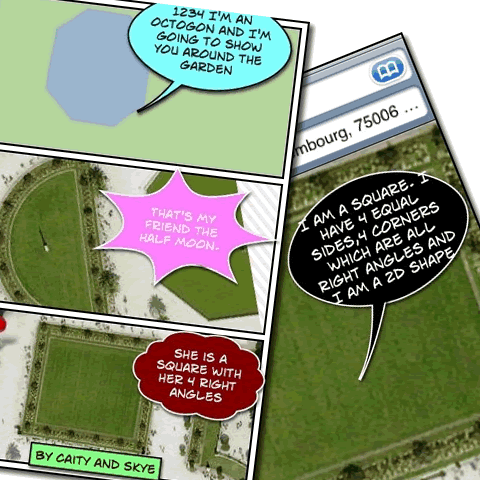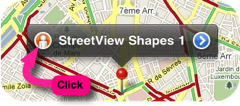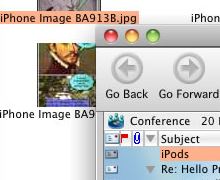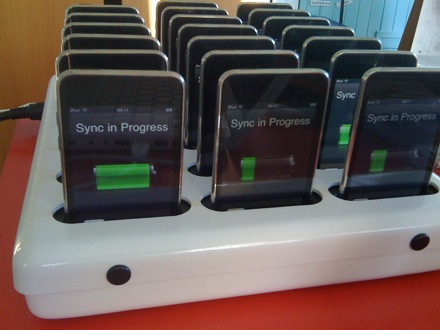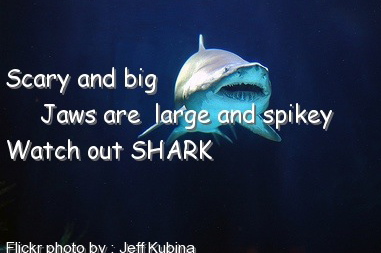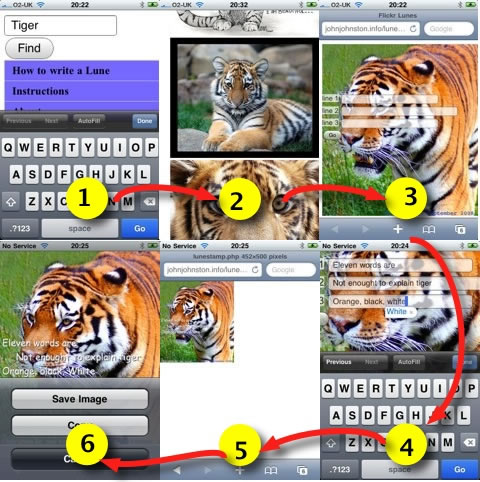I used a aGent v5 Webcam with a £1 tripod from a pound shop to make a cheap visualiser. DIY Visualiser First try at recording some ipod touch screen action: iPod Maths Maps, I hope to repeat this with a vocal explanation. The Webcam is 5mp and the images look really good. The ipod was shot at half size and there is a bit of reflection.
I spent a wee bit of time working on some goole maps stuff in glow: Google Maps api (glow login required) and have a fairly simple map creator working in safari and firefox, not Internet Explorer though.
Recent delicious bookmarks:
- iResponse Software Download « ipod/iphone response system 59p needs desktop app
- Thinking allowed: Maths is beautiful great blog post
- Wolfram|Alpha for Educators Wolfram|Alpha is a free online computational knowledge engine that generates answers to questions in real time by doing computations on its own vast internal knowledge base. Our long-term goal is to make all systematic knowledge immediately computable and accessible to everyone. This can be valuable to educators in many ways.
- Comics Internet Safety A comic for teachers to help think about classroom practise
- Embedding Javascript in Google Sites Wiki Why isn't embedding Javascript on GoogleSites as easy as Wikispaces?
Of course, a quick Google search revealed a workaround and a learning opportunity. - Wisgary.com – Google maps API Distance Calculator This Google Map calculates an approximate of the shortest distance between any two points on the globe. It is calculated whenever you hit the Calculate Distance button, or when you drag a marker to a different position.
- Using iPods to Motivate Reluctant Readers Written by Jacquie Fitch, 4th grade teacher: I am working with a group of 12 students who are below grade level in reading. Most of the students struggle with missing phonetic skills as well as comprehension issues. It is hard for them to sit still and they cannot work/learn in large groups. I am looking for ways to motivate these kids and to teach them to enjoy reading. I’m also hoping to see an increase in fluency skills.

